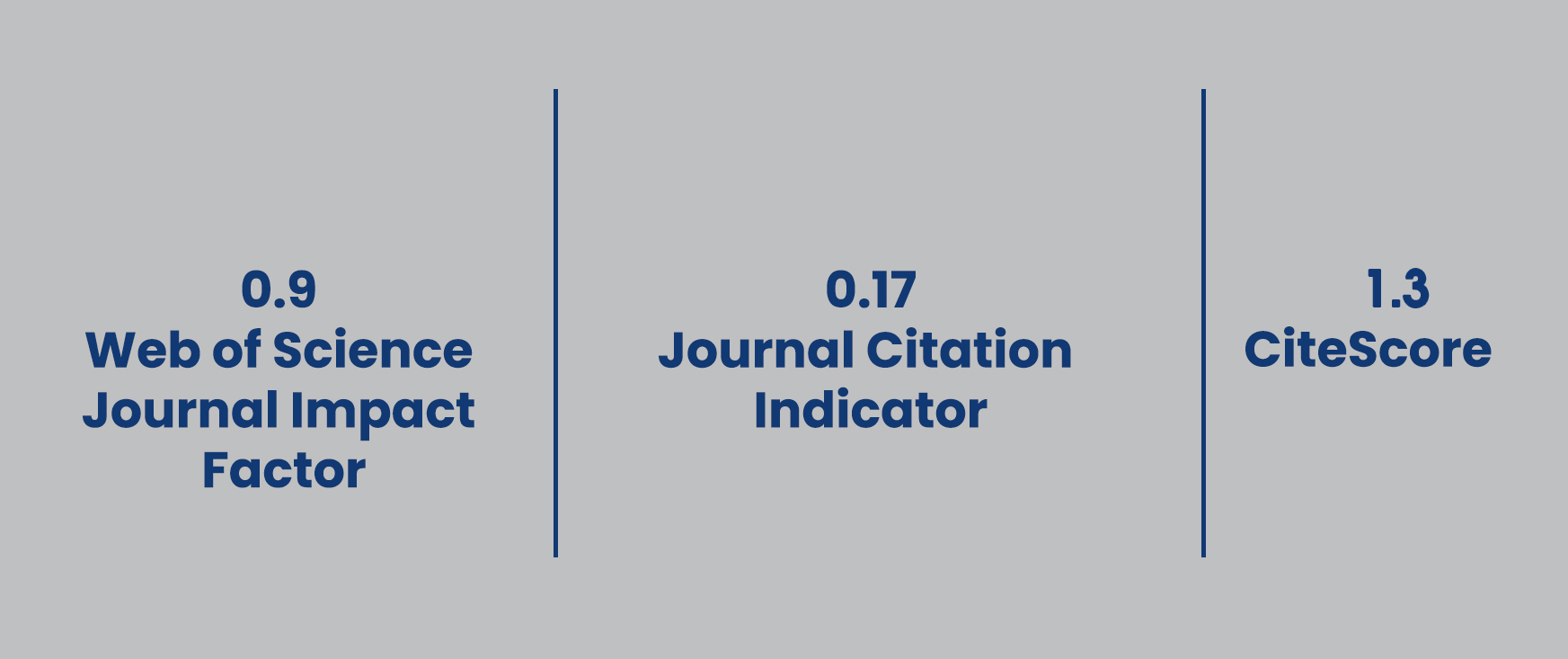

JEMS apply the Creative Commons Attribution NonCommercial 4.0 International Licence to all manuscripts to be published
ABSTRACTING & INDEXING
Volume: 7 Issue: 2 - 2019
| EDITORIAL (ED) | |
| 1. | Autonomous Ships from the Editor's Perspective doi: 10.5505/jems.2019.75046 Pages 97 - 100 Abstract | |
| FULL TEXT | |
| 2. | Journal of ETA Maritime Science (Volume: 7 Issue: 2, 2019) Pages 97 - 191 Abstract | |
| ORIGINAL RESEARCH (AR) | |
| 3. | Knowledge based expert system on the selection of shipboard wastewater treatment system Kadir Çiçek doi: 10.5505/jems.2019.72623 Pages 101 - 115 During the last 20 years, regulatory enforcements regarding with the protection of marine environment have been significantly increased. Especially, starting from 1 January 2010 a new regulation, consisting of waste water treatment plants in ships and new effluent limits, took effect. The new limits comprise a stricter review of prior limits. The strict reduction in the effluent limits for the treated wastewater discharged from ships intimates International Maritime Organization (IMO)s intention to provide more severe control on wastewater discharges and to demand on installation wastewater treatment system that meet international requirements. Furthermore, the new limits constitute a further challenge for the manufacturing companies specified in design and manufacturing of waste water treatment systems. To way out from these points, this study focuses on development a knowledge-based expert system for selection of appropriate shipboard wastewater treatment system. Within this scope, the study proposes a hybrid approach combining AHP and TOPSIS under fuzzy environment. The three most commonly preferred shipboard wastewater treatment system types are examined and evaluated in terms of various design, operation and environment criteria. |
| 4. | Alternative to Ship Diesel Engine: sCO2 Power Cycle Emrah Gümüş doi: 10.5505/jems.2019.98704 Pages 117 - 126 The interest in supercritical CO2 power cycles is increasing rapidly in recent years. The main reasons for this interest are high cycle efficiency of these systems, carbon dioxide gas being cheap, thermally stable, and having high density and specific heat capacity around the critical point. In this study, pressure and temperature values of the cycle state points, turbine power, compressor powers, heat exchanger thermal loads and cycle efficiency at the design point were calculated for the sCO2 re-compression Brayton power cycle. As a result of the calculations, a power cycle with a cycle efficiency of 44.6% and a specific fuel consumption of 189 g/kWh is seem to be feasible and this cycle can be considered as an alternative to diesel engines. |
| 5. | Numerical Investigation of Propeller Skew Effect on Cavitation Şakir Bal doi: 10.5505/jems.2019.08860 Pages 127 - 136 This paper addresses the skew effects (a significant geometric property) of marine propellers on cavitation phenomenon numerically. DTMB 4381, 4382, 4383 and 4384 model propellers with different skew values have been chosen to investigate the cavity patterns on the blades under open water conditions. A lifting surface method has been applied for both non-cavitating and cavitating propellers. Numerical results (non-dimensional thrust and torque coefficients, efficiency values and cavity patterns on the blades) have been validated with experimental results. It has been found that the present numerical method is accurate and reliable for predicting the hydrodynamic performance of both non-cavitating and cavitating propeller under open water conditions. It has also been found that under certain conditions the skewed blades of propeller can cause lesser cavity patterns and improve the propeller performance. |
| 6. | Numerical and Theoretical Thermal Analysis of Ship Provision Refrigeration System Kubilay Bayramoğlu, Semih Yılmaz, Kerim Deniz Kaya doi: 10.5505/jems.2019.30922 Pages 137 - 149 The freezer system on ships involves provisions where meat, fish, vegetables etc. are cooled down. Provision room is one of the essential features on ships for the preservation of food. The size of the cooling chamber varies according to the length of the ship and the number of personnel. Under the scope of the study, a room with volume of 15 m3 (H x L x W, 2.5 x 3 x 2 m.) has been designed for the preservation of the meat. Boundary conditions which are determined for numerical and theoretical analysis in provision room have been chosen considering existing ship conditions. Refrigeration load, temperature distribution and flow streamline to keep the meat at the desired temperature in the provision room have been analyzed for one hour working period. Within this time interval, average meat domain and air temperature drop have been found as 4.33 K and 13K, respectively. CFD analysis and theoretical calculation results have been compared. The results have found to be in agreement with acceptable errors less than 10%. The outputs from analysis show that refrigeration unit provides suitable temperature decrease within determined time interval. |
| 7. | Prediction of human error probability for possible gas turbine faults in marine engineering Hakan Demirel doi: 10.5505/jems.2019.49379 Pages 151 - 163 For all areas where operational activities are, human error possibilities are of critical importance. In this sense, maintenance, management and monitoring of all components in ships powered by gas turbine systems is a condition that must be observed. At this point the importance of human impact is great and plays a critical role. In this study, the probabilities of human error on the 14 critical faults described in the literature for gas turbine components are calculated by the CREAM method in the sense of expert opinions. The results clearly indicate the importance of human impact on faults, and guide the technical personnel to be employed on board ship during the operation. This study provides the basis for further studies in this area. |
| 8. | Social Media Usage Patterns of Turkish Maritime Businesses: A study on Facebook Fatma Ozge Baruonu Latif, Özlem Sanrı doi: 10.5505/jems.2019.18189 Pages 165 - 177 Social media has been widely used by businesses nowadays. Although in B2B industry, social media marketing isnt grown up as fast as it was in B2C market, many businesses begun to develop social media strategies and reach to new and existing corporate customers via social media recently. In this study, the main purpose is to examine social media usage patterns of Turkish maritime transportation companies through Facebook. In order to identify the social media usage habits of Turkish maritime transportation companies an exploratory study was conducted. In the period between January-November 2018, the maritime companies existing in Facebook are analyzed with a content analysis in terms of contents of the posts and stakeholder engagement levels. The findings show that posts on corporate image and special days are highly reshared and taken positive reactions by followers. At the end of the study, suggestions for practitioners and direction for further studies are presented. |
| 9. | Utilization of Renewable Energy in Ships: Optimization of Hybrid System Installed in an Oil Barge with Economic and Environmental Pollution Analysis Murat Selçuk Solmaz, Alparslan Başkaya, Atilla Savaş, Mehmet Akman doi: 10.5505/jems.2019.30643 Pages 179 - 191 Increasing energy demand, fuel prices and adverse environmental impacts from fossil fuels increase demand for renewable and sustainable energy. For this reason, wind and solar energies have become available in daily life and work on the efficiency of such systems has accelerated. A similar situation has occurred in the maritime sector and recently renewable energy has become popular for ships. In this study, a hybrid renewable energy system that uses wind and solar energy as a source was installed to reduce fuel consumption and environmental pollution for a barge, which spends its time mostly at anchorage or at port. The installed system was compared to the optimized configurations with HOMER software. According to results, by using the hybrid system onboard, it is possible to achieve a 39% reduction in fuel consumption and emissions at given period and conditions. The return of investment period of the system was calculated as about two years. |










